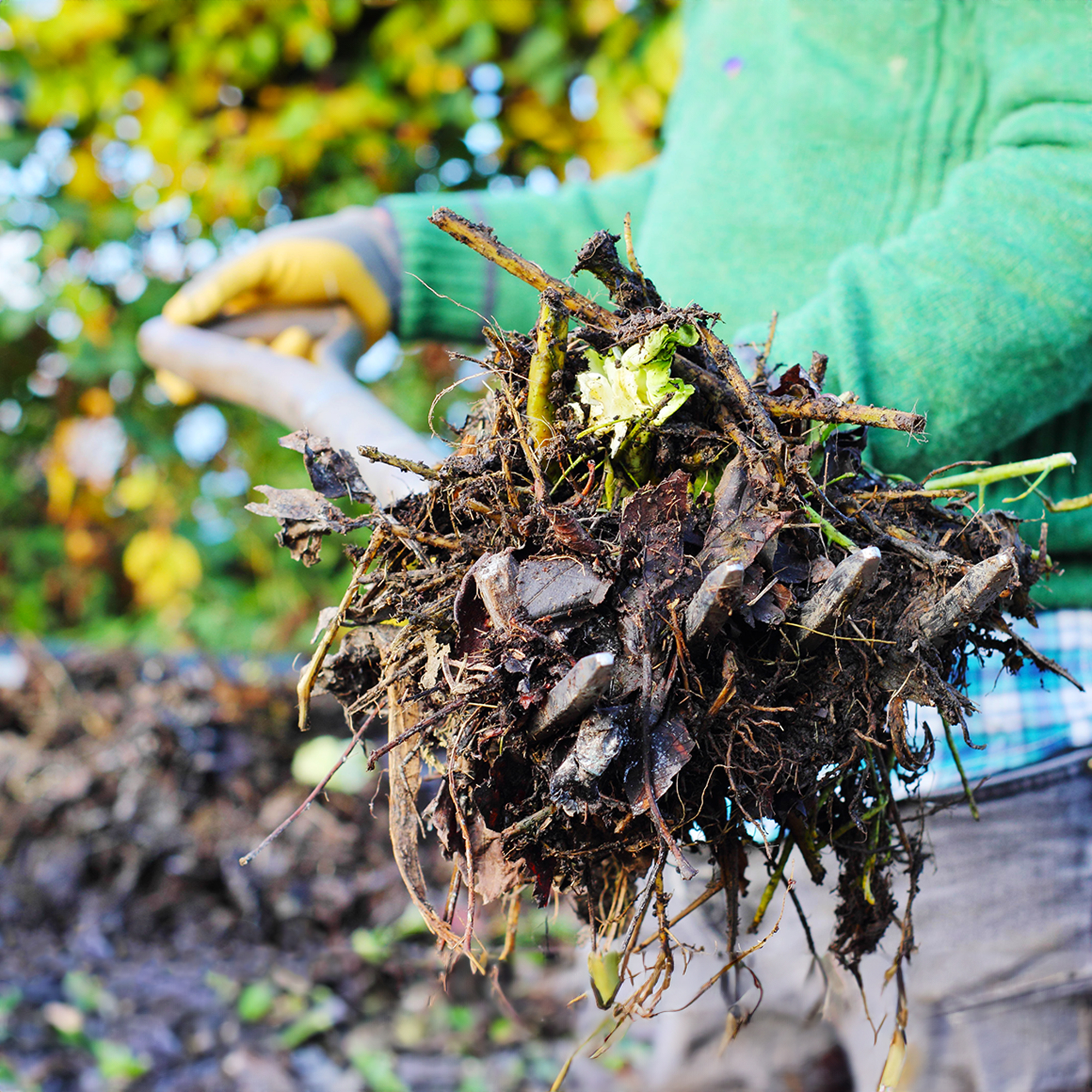Is Japanese Knotweed Edible: Tips For Eating Japanese Knotweed Plants


Japanese knotweed has a reputation as an aggressive, noxious weed, and it’s well-deserved because it can grow 3 feet (1 m.) every month, sending roots up to 10 feet (3 m.) into the earth. However, this plant isn’t all bad because certain parts of it are edible. Let’s learn more about eating Japanese knotweed.
About Eating Japanese Knotweed
If you’ve ever wondered, “is Japanese knotweed edible,” then you’re not alone. There are actually a number of “weeds” that can be useful in this way. The stems of Japanese knotweed have a tart, citrusy flavor, much akin to rhubarb. Better yet, it is a rich source of minerals, including potassium, phosphorus, zinc, and manganese as well as vitamins A and C.
Before you gather an armload of Japanese knotweed, however, it’s important to know that only certain parts are safe to eat, and only during certain parts of the year. It’s best to gather shoots when they’re tender in early spring, generally under about 10 inches (25 cm.) or less. If you wait too long, the stems will be hard and woody.
You may be able to use the shoots a little later in the season, but you’ll need to peel them first to remove the tough outer layer.
Note of caution: Since it is considered a noxious weed, Japanese knotweed is often sprayed with toxic chemicals. Before you harvest, be sure the plant hasn’t been treated with herbicides. Also, avoid eating the plant raw, as it can cause skin irritation in certain people-- cooking Japanese knotweed is a better option. Harvest the plant carefully. Remember, it’s highly invasive.
How to Cook Japanese Knotweed
So how can you eat Japanese knotweed? Basically, you can use Japanese knotweed any way you would use rhubarb and the shoots are interchangeable in recipes for rhubarb. If you have a favored recipe for rhubarb pie or sauce, try substituting Japanese knotweed.
You can also incorporate Japanese knotweed into jams, purees, wines, soups, and ice cream to name just a few. You can also combine Japanese knotweed with other fruit such as apples or strawberries, which complements the tart flavor.
Gardening tips, videos, info and more delivered right to your inbox!
Sign up for the Gardening Know How newsletter today and receive a free copy of our e-book "How to Grow Delicious Tomatoes".
Disclaimer: The content of this article is for educational and gardening purposes only. Before using or ingesting ANY herb or plant for medicinal purposes or otherwise, please consult a physician, medical herbalist, or other suitable professional for advice.

A Credentialed Garden Writer, Mary H. Dyer was with Gardening Know How in the very beginning, publishing articles as early as 2007.
-
 Grow ‘Karl Rosenfield’ Peony Plants For The Ultimate Frilly Border Beauties And Cut Flowers
Grow ‘Karl Rosenfield’ Peony Plants For The Ultimate Frilly Border Beauties And Cut FlowersFor frilly double magenta peony petals infused with a heady fragrance, grow ‘Karl Rosenfield’ peony plants. Here’s how to cultivate the ultimate plushy blooms
By Tonya Barnett
-
 10 Common Composting Problems That Can Spoil Your Garden Gold – Plus Easy Fixes
10 Common Composting Problems That Can Spoil Your Garden Gold – Plus Easy FixesLearn how to troubleshoot common composting issues before they ruin your stash – from bad smells and bugs to materials not breaking down as they should.
By Susan Albert